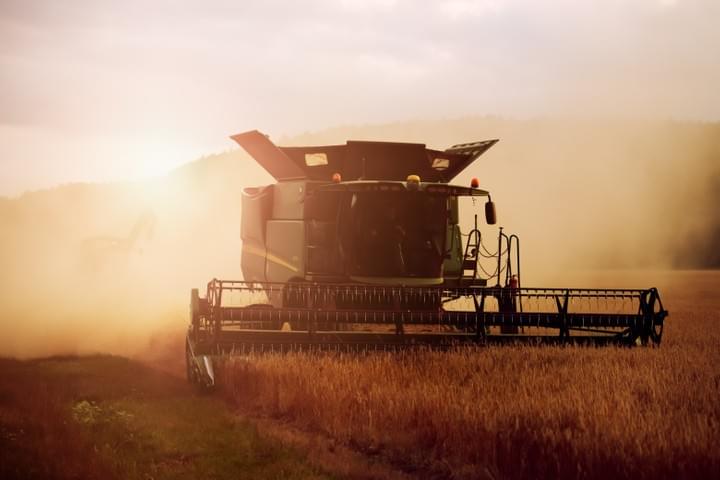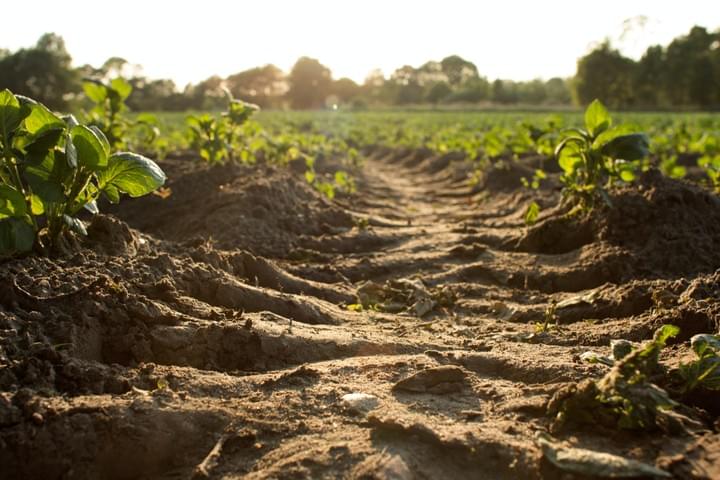
The AI Association
- …
The AI Association
- …
The AI Association

Agriculture
Optimizing yield:
Help our farmers achieve more
AI-driven technologies are emerging to improve efficiency and address challenges. Many applications have been identified, including crop yield, soil health, and herbicide resistance. The application of these technologies extends beyond data analytics to the deployment of robotics to address the growing challenges of finding labor. Agricultural robots are poised to become a highly valuable asset in the future of farming.
Automated technologies can optimize crop production by leveraging data points from soil testing, weather reports, and monitoring germination. Increased investment into the development of these technologies will enable food supply chains to become more efficient by identifying demand and allocating resources where needed. It is important that farmers are equipped with the tool and training that is up-to-date with the latest innovations to ensure benefits can be realized of both widespread adoption and continuous improvement.

Agricultural Robots
Companies are developing and programming autonomous robots to handle essential agricultural tasks such as harvesting crops at a higher volume and faster pace than human laborers

Crop and Soil Monitoring
Companies are leveraging computer vision and deep-learning algorithms to process data captured by drones and/or software-based technology to monitor crop and soil health.

Predictive Analytics
Machine learning models are being developed to track and predict various environmental impacts on crop yield such as weather changes
Factors driving AI growth in Agriculture
Major factors driving AI growth in Agriculture
- Growing demand for production due to increase in population
- Rising adoption of information management systems and new advanced technologies for improving crop productivity.
- Increasing crop productivity by implementing deep learning techniques
- Growing initiatives by worldwide governments supporting the adoption of model agricultural techniques.
PRECISION AGRICULTURE
Leveraging AI to learn hidden patterns drive incredible efficiencies
AI analyzing farm data
Farms produce hundreds of thousands of data points on the ground daily. With the help of AI, farmers can now analyse a variety of things in real time such as weather conditions, temperature, water usage or soil conditions collected from their farm to better inform their decisions.
Precision Agriculture
AI systems are also helping to improve harvest quality and accuracy- what is known as precision agriculture. Precision agriculture uses AI technology to aid in detecting diseases in plants, pests, and poor plant nutrition on farms. AI sensors can detect and target weeds and then decide which herbicides to apply within the right buffer zone. This helps to prevent over application of herbicides and excessive toxins that find their way in our food.
Tacking the labor challenge
Less people are entering the farming profession, resulting in a workforce shortage. Traditionally, farmers have needed many workers, mostly seasonal, to harvest crops and keep farms productive. Agricultural bots augment the human labor workforce to be deployed in a variety of forms. These bots can harvest crops at a higher volume and faster pace than human labourers, more accurately identifying and eliminating weeds, and reducing costs for farms by having a round the clock labor force.
Get In Touch
helloai@theaiassociation.org
1717 N Street NW, Ste 1
Washington, DC 20036
©2023 The AI Association. The AI Association is Registered in Washington, D.C.



